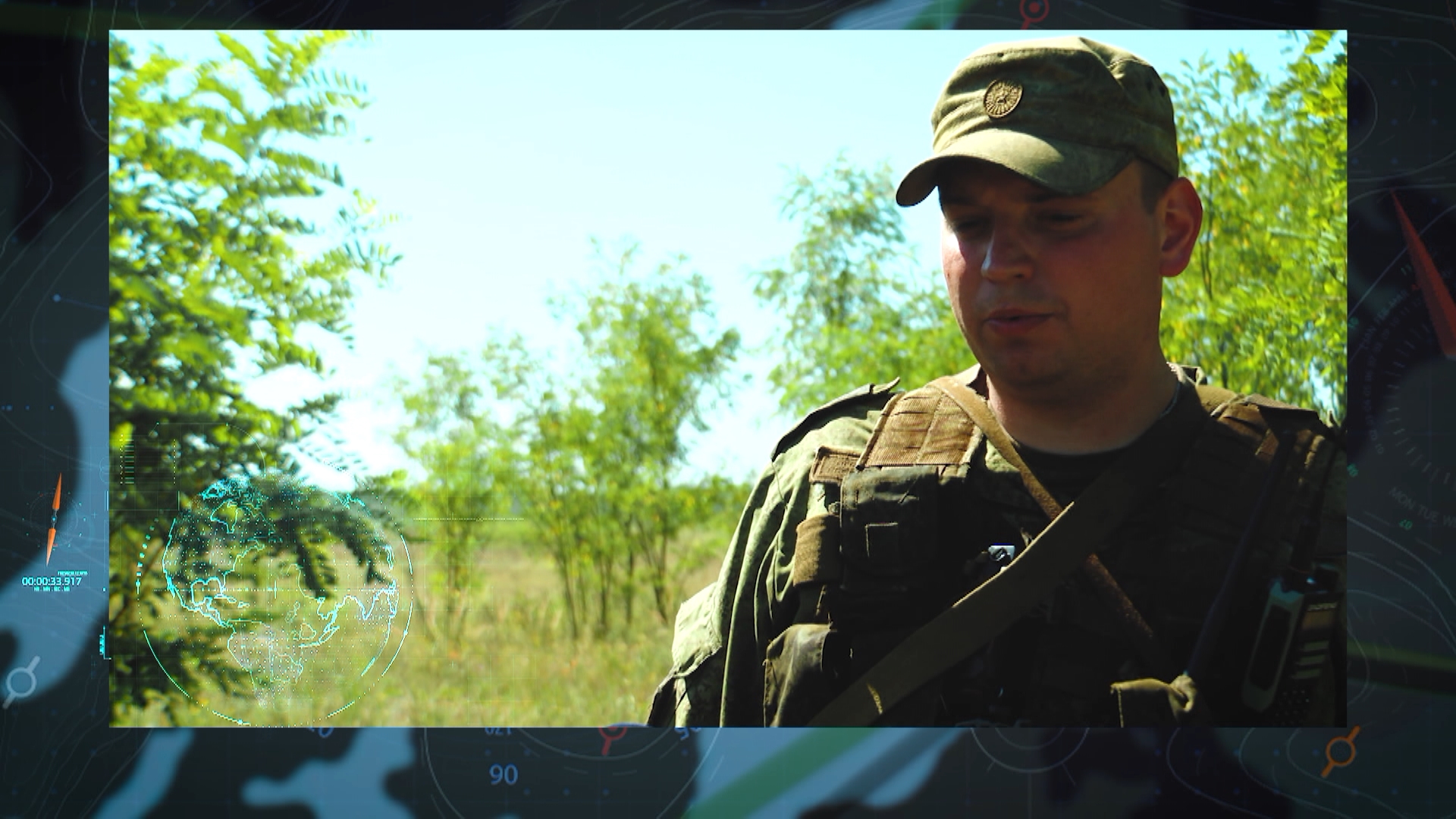3.69 BYN
3.00 BYN
3.49 BYN
Evolution of Combat Equipment or Belarusian Art of War and War Prevention
News related to weaponry often dominates the agenda of global mass media. Among the top topics are invariably missiles. There is no shortage of updates, innovations, breakthroughs, and failures in this field for daily reports.
The relevance of the topic is driven not only by the active use of missile systems on the battlefield but also by the possession of necessary quantities and high-quality technology in missile production, which enables countries to deter aggression. Belarus’s strategy is no exception.
Almost anomalous foresight and preemptive measures are key arguments through which Belarusian leadership subtly deprives belligerent neighbors of their aggressive temptations. Even before any threats become imminent, Minsk already has tools for deterrence or balancing, which helps cool down hotheads. Our special operations forces, for instance, were among the first in Europe to focus on combating sabotage and reconnaissance groups. We didn’t have to re-train airborne units on the fly for unconventional formations, as NATO is only now doing after analyzing the results of the special military operation. Belarusian territorial troops have also been actively developing much earlier than our neighbors; now, we can look around calmly rather than nervously watching someone’s back.
And then there’s missile building. Ten years ago, discussions raged in the West about whether it was worth investing in an industry that only a handful of countries could sustain. Fortunately, the Commander-in-Chief gave the go-ahead. As a result, we developed systems such as "Polonez." Today, a queue of supposedly advanced states lines up to acquire its analogue, HIMARS. Meanwhile, our "Polonez" has already been implemented in modernized versions.
"Like unmanned aerial vehicles, this industry is relatively young for the military-industrial complex. We created it almost from scratch. We achieved some things, and some we couldn’t or still haven't. As with other sectors of the economy, we operate as efficiently as possible given our financial resources. That’s the main thing. We need to determine where and how to move forward in this direction, considering the forms and methods of modern combat," said Alexander Lukashenko in August 2025.
Interestingly, just days after a meeting on missile development, leading global media reported that the US administration approved the supply of 3,350 long-range guided missiles to Ukraine. Such is the postscript. So, the topic remains relevant. And it’s good that it’s not new to us. However, the ongoing special military operation continually demonstrates that technology remains an extension of human professionalism, not the other way around. Even experienced complexes, in skilled hands, prove to be the most rational means of protection—whether powerful or small missile systems.
Recently, in the army, a training session was held for air defense units, where cutting-edge targets were confidently hit with systems rooted in Soviet technology.
"Ground forces’ air defense is an integral part of ensuring combat readiness for land troops. Currently, short-range missile systems 'Strela-10M2' and MANPADS 'Igla' are in use. These systems are effective against low-flying targets at short and very short ranges. They can engage any aerial target, including large UAVs of the aircraft type," explained a serviceman from the surface-to-air missile artillery division.
Moreover, during such exercises, military personnel explore previously unstudied potential of weaponry. This even includes developing countermeasures against cruise missiles using portable air defense systems—why not? Belarus was among the first in the world to learn how to target cruise missiles with fighters. And, of course, the relatively inexpensive and mass-produced "Igla."

Aleksei Seleznev, Commander of the Anti-Aircraft Missile Battery:
"The portable missile system 'Igla' is designed to destroy low-flying aerial targets. It operates against aircraft and helicopters. It can also be used against cruise missiles. Field exercises help solidify soldiers’ confidence in our system, increase practical experience, and overall foster a sense of assurance."
Today, some weapon systems introduced just two or three years ago are already experiencing midlife crises. Meanwhile, other promising models such as Abrams or Leopard tanks rarely reach the front lines intact. Predicting the evolution of combat technology and training specialists in truly battlefield-demanded skills is not only an art of warfare but also a science of war prevention.















